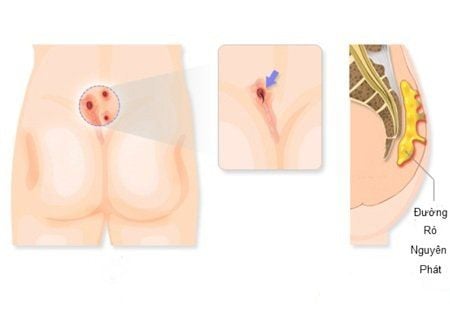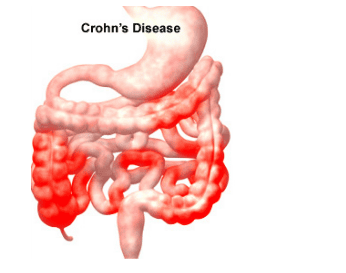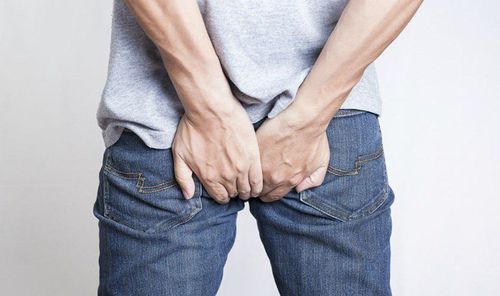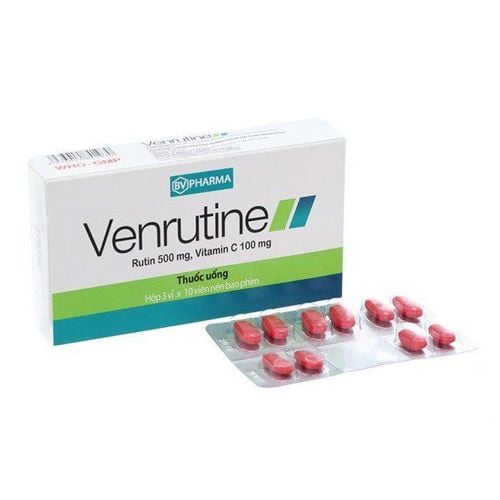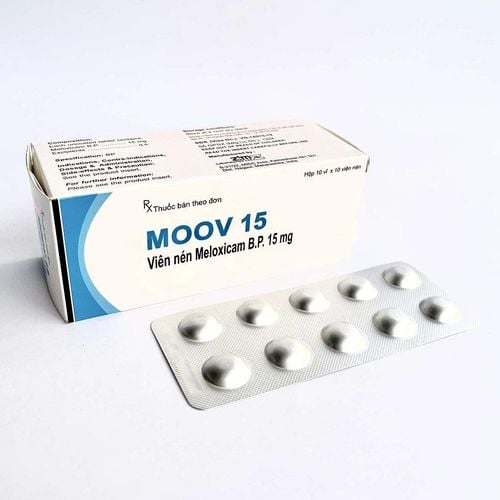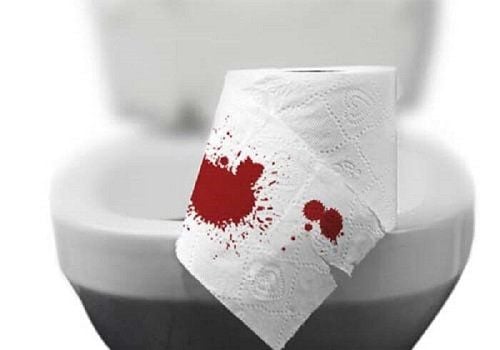This is an automatically translated article.
Post by Master, Doctor Mai Vien Phuong - Department of Examination & Internal Medicine - Vinmec Central Park International General Hospital
Rectal pain is pain or discomfort in the anus, rectum, or lower part of the gastrointestinal (GI) tract. Rectal pain is common in many people. There are many causes of rectal pain including trauma to the anal area, hemorrhoids, sexually transmitted diseases,...
1. Injury to the anorectal area
Injuries to the anal area can be caused by collisions, sports injuries, ... or by anal sex. In addition to rectal pain, trauma to the anal area can cause bleeding, swelling, and difficult bowel movements.
2. Sexually Transmitted Diseases (STDs)
STDs such as gonorrhea, chlamydia, syphilis, human papillomavirus, etc. can spread from the genitals to the rectum, or the infection can be transmitted during anal sex.3. Hemorrhoids
Hemorrhoids are a very common cause of rectal pain. In addition to rectal pain, hemorrhoids can cause itching or irritation, swelling around the anus, difficult bowel movements, cysts near the anus, etc.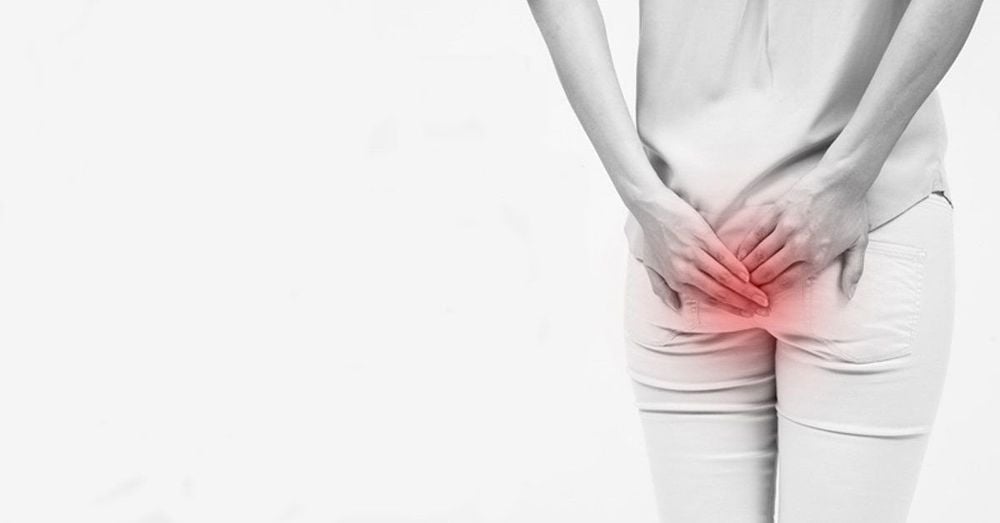
4. Anal fissure
Anal fissures are small tears in the thin tissue that create the opening of the rectum. Anal fissures are very common, especially in infants and women who have given birth.Fissures develop when hard or large stools stretch the delicate lining of the rectum and tear the skin. They slowly heal as any bowel movement can irritate and further inflame the tissue.
5. Anal fistula
The anus is surrounded by small glands that secrete oil to keep the anal skin lubricated and healthy. If one of these glands becomes blocked, an infected cavity (abscess) can form.
Nearly half of perianal abscesses develop into fistulas, or small tunnels that connect an infected gland to a hole in the skin of the anus.
6. Hematoma around the anus
Hemorrhoids around the anus are sometimes called external hemorrhoids. Perianal hematomas occur when a collection of blood flows into the tissues surrounding the anal opening. As the blood collects, it forms a lump in the anal opening.
7. Tenesmus
Tenesmus is rectal pain caused by cramping. It is often associated with inflammatory bowel diseases (IBD), such as Crohn's disease and ulcerative colitis.
In addition to rectal pain, Tenesmus can cause spasms in and near the rectum, feeling the need to have a bowel movement, even after you have had a bowel movement,...
8. Proctitis
Proctitis causes inflammation of the lining of the rectum. In addition to rectal pain, proctitis can cause diarrhea, a feeling of fullness or pressure in the rectum, bleeding,...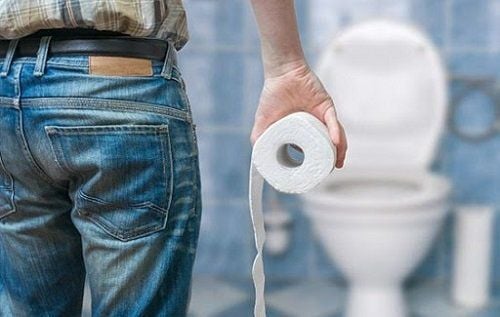
9. Abscesses around the anus or around the rectum
The rectum and anus are surrounded by glands or caverns. If bacteria, feces, or a foreign object enters the cavity, they can become infected and fill with pus.
If the infection gets worse, the gland can grow a tunnel through nearby tissue and form a fistula.
10. Rectal prolapse
Rectal prolapse occurs when your body loses the attachment that holds the rectum in place in your digestive tract. When this happens, the rectum can protrude outside the anus.
Rectal prolapse is very rare. It is most common in adults, and women over the age of 50 are six times more likely to develop the condition than men. However, the average age of women with rectal prolapse is 60 years, and for men it is 40 years old.
Rectal pain is usually not a cause for concern. But if you are experiencing regular rectal pain, accompanied by symptoms such as fever, chills, anal discharge, etc., you should make an appointment with your doctor.
Please dial HOTLINE for more information or register for an appointment HERE. Download MyVinmec app to make appointments faster and to manage your bookings easily.
References
Abscess and fistula expanded information. (n.d.). fascrs.org/patients/disease-condition/abscess-and-fistula-expanded-information The American Cancer Society medical and editorial content team. (2017). Signs and symptoms of anal cancer. (2017). cancer.org/cancer/anal-cancer/detection-diagnosis-staging/signs-and-symptoms.html





